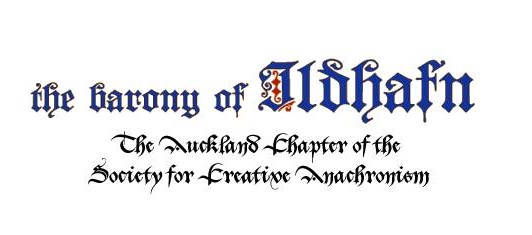Date:
c. 1370 (Late 14th century)
Description:
“Ecco la primavera” (“Here Comes the Spring”) is a well-known ballata by the Italian composer Giovanni da Firenze Landini. It celebrates the arrival of spring, with its characteristic lively and joyful mood, which is a common theme in medieval music. The ballata is in a triple meter, which is typical of many dance rhythms from this period, and it is written for three voices: the tenor (a cantus firmus) and two upper voices. The piece beautifully conveys the freshness and vitality of spring through its melodic lines.
Discussion:
Landini’s “Ecco la primavera” exemplifies the Italian ballata form, a song type that was central to the Italian musical scene during the 14th century. The form generally consisted of a two-part refrain and a three-part verse, which was used to convey the message of the song’s text. In this case, the lyrics celebrate the renewal brought by the arrival of spring, a motif that was highly popular in the medieval period, with spring often symbolising the return of love and joy.
The piece is also an example of isorhythmic composition, a technique that was central to the Ars nova style. The tenor line is the foundation, providing a repeating rhythmic and melodic pattern, while the upper voices move more freely above it. The harmony and voice leading in this ballata are notable for their smoothness, creating a rich texture that mirrors the vibrancy of the text.
Composer:
Giovanni da Firenze Landini (c. 1325–1397)
Arranged by:
- Originally for three voices (tenor and two upper voices)
- Modern arrangements may include:
- Choral settings for SATB
- Instrumental arrangements for early music ensembles (e.g., medieval instruments like the vielle or harp)
Sheet Music:
Available via IMSLP, CPDL, and in various medieval music anthologies.
The arrangement we use is available here as a pdf or musescore file.
Parts:
- Tenor: (Cantus firmus)
- Two upper voices: (freer melodies, often in parallel motion with the tenor)
Type:
Medieval Ballata
Language:
Italian
Ranges:
- Tenor: F3 – A4
- Upper voices:
- Soprano: C4 – G5
- Alto: G3 – E5
Advice for beginners:
“Ecco la primavera” is a great piece for beginners to explore the medieval style, particularly because of its use of isorhythm and simple, flowing vocal lines. Focus on the text’s meaning and its lively, joyful expression. Beginners should practice the smooth, flowing character of the piece and work on voicing the tenor clearly while allowing the upper voices to interact with it gracefully. For ensembles, it’s helpful to emphasise the rhythm, as the ballata form has a strong dance feel.
Sound Files:
Here are some sound files for reference.
All parts, 1st line, 2nd line
All parts, 1st line, 2nd line (an octave down)
